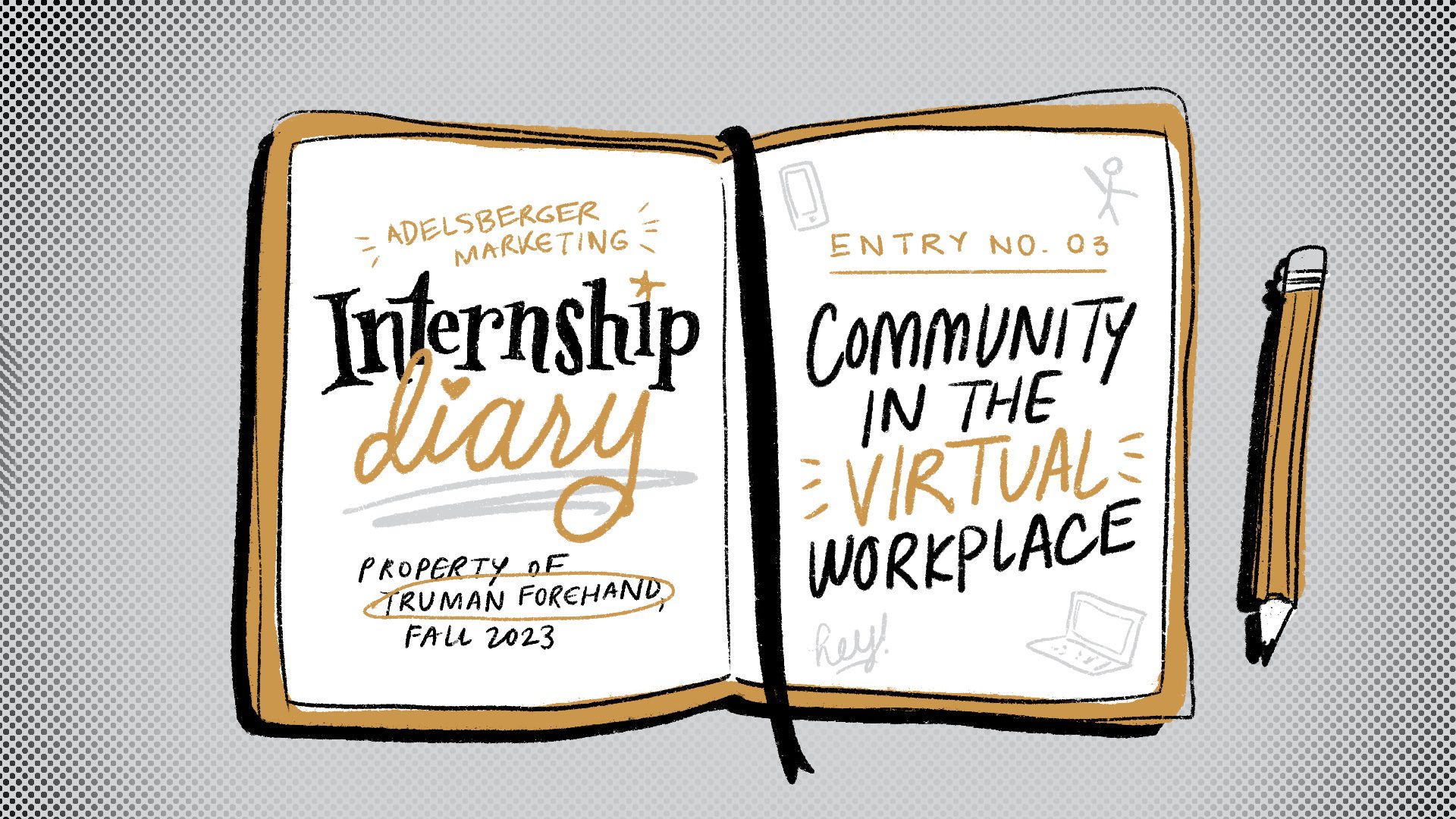I remember, as everybody does now, where I was the day the world changed. It was March 13, three years ago, and my job consisted of traveling around the country with a non-profit. Traveling became, literally overnight, taboo. It was the primary thing, in fact, that you should not do at all anymore. The only thing more off limits, I suppose, would have been sneezing directly in someone’s face, but that wasn’t in my job description anyway. I went home, as the whole world went home, and my job changed, as did everyone’s.
There was a plastic card table on the screened-in brick porch behind my sister’s house, and she had good WiFi, so that became my office. It took exactly one cardboard Amazon box and two paperback novels to elevate my laptop from the surface of the table to an even height with my face for the Zoom conferences that became my daily occupation. I badly wanted to avoid the up the chin and nostrils Zoom camera view, for the sake of my ego and my audience’s sensibilities.
This became the new normal quickly, and I believe that for the most part we are better for it. My dad, who for my entire life had gotten up before dawn to make the 45-minute commute to the power plant where he has worked for three decades, was suddenly home in the mornings. He sat at the kitchen table with coffee and his laptop and did his work as he always did. He lost nothing in productivity, nor did anyone else from his office. But I got to say good morning to him when I woke up and made my own coffee and began my own work.
That new normal extends to today, as the American work landscape has changed dramatically and in all likelihood permanently. I’m afforded the luxury and convenience of accomplishing all my work with Adelsberger Marketing from the comfort of the desk in my dorm, or a table at a coffee shop, or as was the case last week, from a camp chair beside the tent I shared with friends in Chattanooga.
You will hear no screed from me about the dangers of working from home, the terrors of letting people reclaim the little minutes between work that might otherwise be spent staring at the wall of a cubicle. Enough ink has already been spilled on that subject by people who probably reminded the teacher when homework was due in grade school.
That said, I do think there is distinct value in knowing the people with whom we create. Not every job, or every company, or every internship involves this aspect. But any working creative will tell you that it is vitally important. While there is a time to sit and think and fuel, there is also a time to exercise the muscles that allow us to actually make something. Ricky Santos and Katie Howerton, who together form the design team for Adelsberger Marketing, agree on the importance of collaboration and having a second voice. They bounce ideas off of one another all the time. That requires some baseline relationship, some idea of who the person on the other side of the screen is that includes them in three-dimensional form, a flesh and blood human.
For all of these reasons, it was particularly refreshing for me to join Alex Russell and Tamara Waller, video team extraordinaire, on a shoot for the Leaders Credit Union podcast recently. One of the primary benefits of working with creative people is that they tend to be fun. This is true of Alex and Tamara. Over the course of the shoot, from the setup to the filming to the takedown to loading the van in the parking lot, easy conversation flowed between them. They knew things, not only about the work itself but about how the other liked to work, about how the clients liked to work, and about how to put the atmosphere at ease by having fun with the whole thing. I asked them questions about their lives and their hobbies and the music they listened to and gently ribbed them for their taste in artists and songs. They did the same to me. Though I have no wish for a permanent office or a cubicle or a desktop computer, I will say this: it’s good to get out and know the people behind the work, to put a face behind the graphic or the video. The workplace has changed, but we still need each other. I don’t think that will change.


